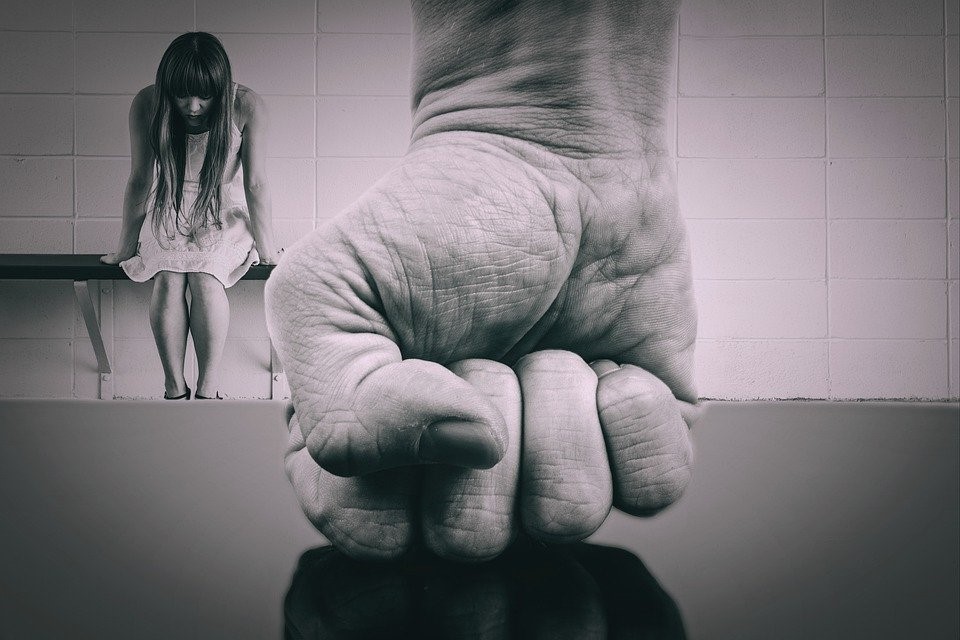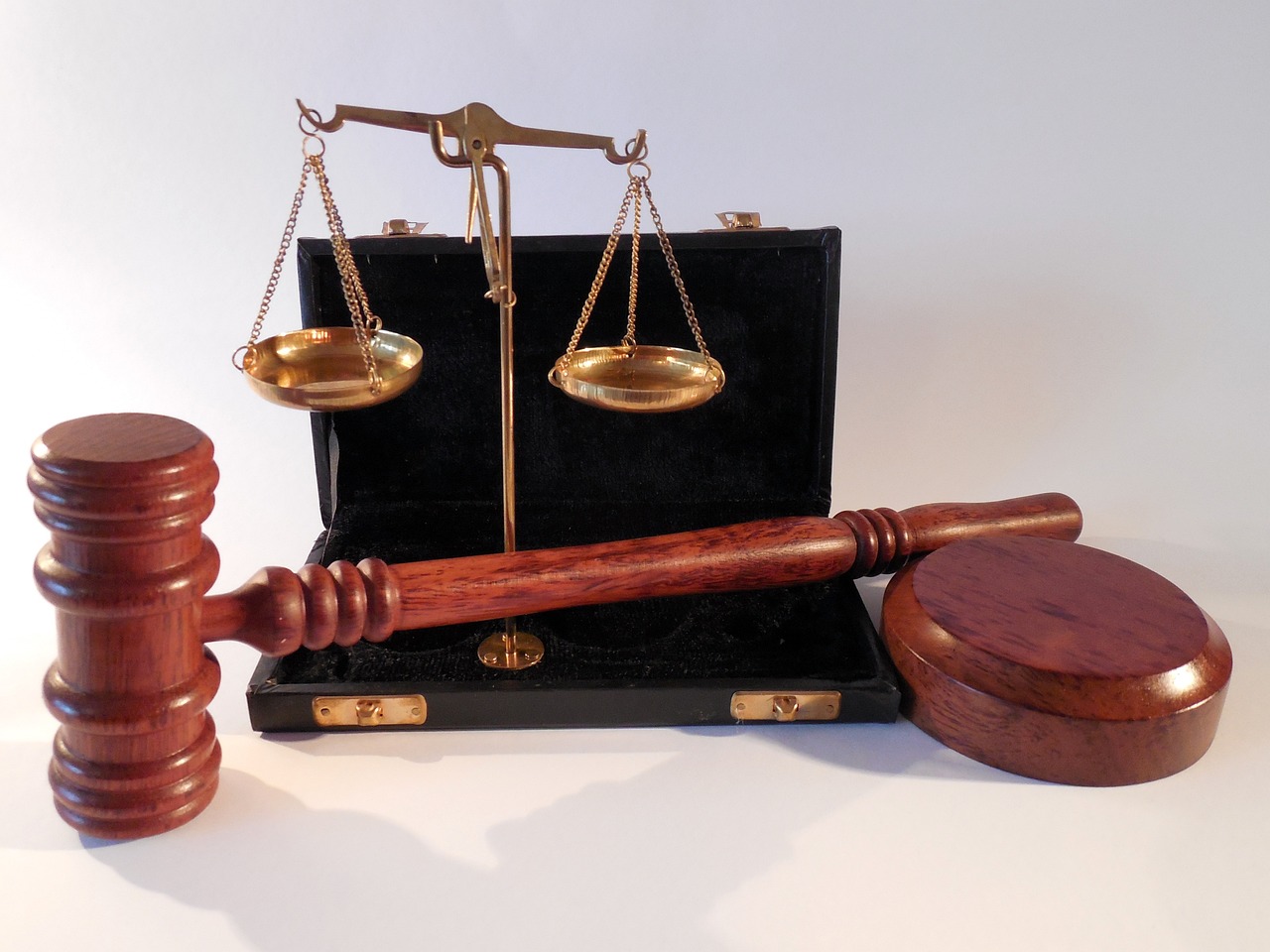Now Reading: In Memory of a Loved One: Seeking Redress Through Wrongful Death Claims
-
01
In Memory of a Loved One: Seeking Redress Through Wrongful Death Claims

In Memory of a Loved One: Seeking Redress Through Wrongful Death Claims
Losing a loved one is a deeply painful experience that can be further exacerbated when the death was caused by someone else’s negligence or wrongdoing. In such cases, seeking justice and holding responsible parties accountable becomes paramount. Wrongful death claims provide a legal avenue for surviving family members to seek redress and compensation for the loss of their loved one. However, navigating the legal intricacies of wrongful death claims can be overwhelming, especially during a time of grief. In this comprehensive article, we explore the world of wrongful death claims, examining their purpose, the legal process involved, and the steps to file a wrongful death claim in New York. By understanding the importance of seeking justice on behalf of a loved one and having the necessary information, families can navigate the process with greater clarity and confidence.
Understanding Wrongful Death Claims
Purpose of Wrongful Death Claims
Wrongful death claims serve the purpose of providing financial compensation to surviving family members when a loved one’s death is caused by another party’s negligence, recklessness, or intentional actions. While no amount of compensation can truly alleviate the pain of losing a family member, these claims aim to alleviate the financial burden that can arise from medical expenses, funeral costs, and the loss of financial support.
Eligibility to File a Wrongful Death Claim
In most jurisdictions, including New York, certain individuals are eligible to file a wrongful death claim. Typically, immediate family members such as spouses, children, and parents have the legal standing to bring a wrongful death lawsuit. If the deceased person did not have any immediate family members, other individuals who were financially dependent on the deceased may also have the right to file a claim.
The Legal Process of Wrongful Death Claims
Establishing Negligence or Wrongdoing
One of the key elements in a wrongful death claim is establishing negligence or wrongdoing on the part of the responsible party. This involves demonstrating that the death was caused by the defendant’s failure to exercise a reasonable standard of care or by their intentional actions. Gathering evidence such as eyewitness accounts, expert testimonies, medical records, and accident reports is crucial in building a strong case.
Proving Causation
In addition to proving negligence or wrongdoing, it’s essential to establish a causal link between the defendant’s actions and the death of the loved one. This requires demonstrating that the defendant’s actions directly led to the fatal injuries or circumstances. Proving causation often involves a thorough analysis of the events leading up to the death and consulting experts if necessary.
Steps to File a Wrongful Death Claim in New York
Consulting an Attorney
When considering filing a wrongful death claim in New York, it’s advisable to consult an experienced attorney who specializes in wrongful death cases. An attorney can provide essential guidance, assess the merits of your case, and advise you on the appropriate legal steps to take. They can also explain the relevant laws and statutes in New York that govern wrongful death claims.
Collecting Evidence
Gathering evidence is a crucial step in building a strong wrongful death case. This includes collecting all relevant documentation, such as medical records, accident reports, eyewitness testimonies, and any other evidence that supports your claim. Your attorney can assist in obtaining and organizing this evidence to present a compelling case in court.
Calculating Damages and Compensation
Types of Damages
In wrongful death claims, compensation, also known as damages, is awarded to surviving family members to address various aspects of their loss. These damages can be categorized into economic and non-economic damages. Economic damages include tangible losses such as medical expenses, funeral costs, and the loss of financial support the deceased would have provided. Non-economic damages encompass intangible losses like pain and suffering, emotional distress, and loss of companionship.
Factors Affecting Compensation
The amount of compensation awarded in a wrongful death claim can vary based on several factors. These factors may include the circumstances of the death, the age of the deceased, their earning capacity, the impact on the surviving family members, and the degree of negligence or wrongdoing on the part of the defendant. An attorney experienced in wrongful death cases can help you estimate the potential compensation you may be entitled to.
Settlement Negotiations and Litigation
Settlement Negotiations
In many cases, wrongful death claims are resolved through settlement negotiations before reaching trial. During settlement negotiations, your attorney and the defendant’s representatives will discuss the terms of a potential settlement. Your attorney will advocate for your best interests and work to secure a fair and just settlement that adequately compensates for your loss. If an acceptable settlement offer is reached, the case may be resolved without going to trial.
Litigation and Trial
If a fair settlement cannot be reached through negotiations, the case may proceed to trial. During the trial, both sides present their arguments and evidence to a judge or jury. A skilled attorney will present a compelling case on your behalf, leveraging evidence, expert testimonies, and legal arguments to demonstrate the defendant’s negligence or wrongdoing. A judgment will be rendered based on the presented evidence and legal arguments.
Conclusion
Filing a wrongful death claim in New York is a challenging but necessary step for families seeking justice and financial support after the loss of a loved one. Wrongful death claims provide a legal avenue to hold responsible parties accountable for their negligence or wrongdoing and seek compensation for the resulting damages. While no amount of compensation can fully alleviate the pain of losing a loved one, these claims aim to provide financial relief and a sense of closure during a difficult time.
Understanding the purpose of wrongful death claims, the legal process involved, and the steps to file a wrongful death claim in New York is essential for families navigating this complex journey. By consulting with an experienced attorney, collecting relevant evidence, and calculating damages accurately, families can build a strong case and increase their chances of achieving a fair settlement or favorable judgment. Ultimately, seeking justice through a wrongful death claim is a testament to a loved one’s memory and a step toward healing and closure for the surviving family members.

Growing up in a family where asbestos-related cancer, lawsuits, and attorneys seemed to be the main conversation topic for a few years left a mark on me. One powerful enough to nurture an unrelenting seek of truth and justice. I spent my teenage years volunteering in hospice centers and nursing homes and I went to law school to learn how to defend the defenseless. I don’t want to become “just a lawyer” when I finish next year. I want to become a voice and an advocate for all those who need their rights protected. The articles I write for various legal magazines and online platforms are my way to inform, educate, and help people around me, just like others helped my family in their time of need.










